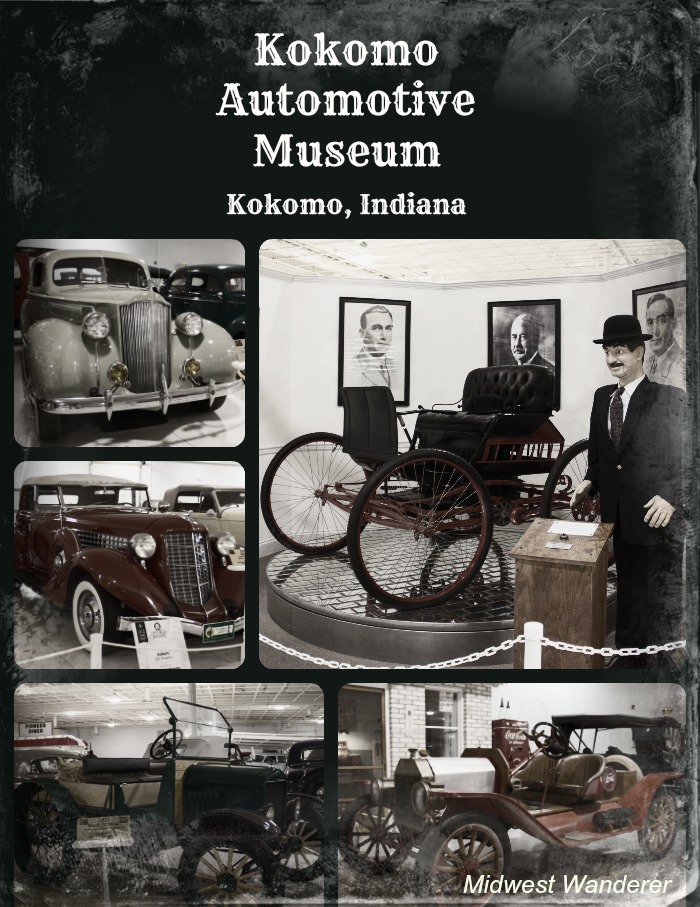The Kokomo Automotive Museum started as a dream of the local Pioneer Auto Club. To fund their dream museum, the club initiated the annual Haynes-Apperson Festival, now held over the July 4th weekend. They held the first festival in the late 1970s. Twenty-two years later, their dream museum became reality. Today the Kokomo Automotive Museum houses about a hundred cars, many of which were built in Indiana. The museum highlights Haynes and Apperson automobiles, both made in Kokomo. In fact, the museum is home to the world’s largest collection of Haynes and Apperson automobiles under one roof.
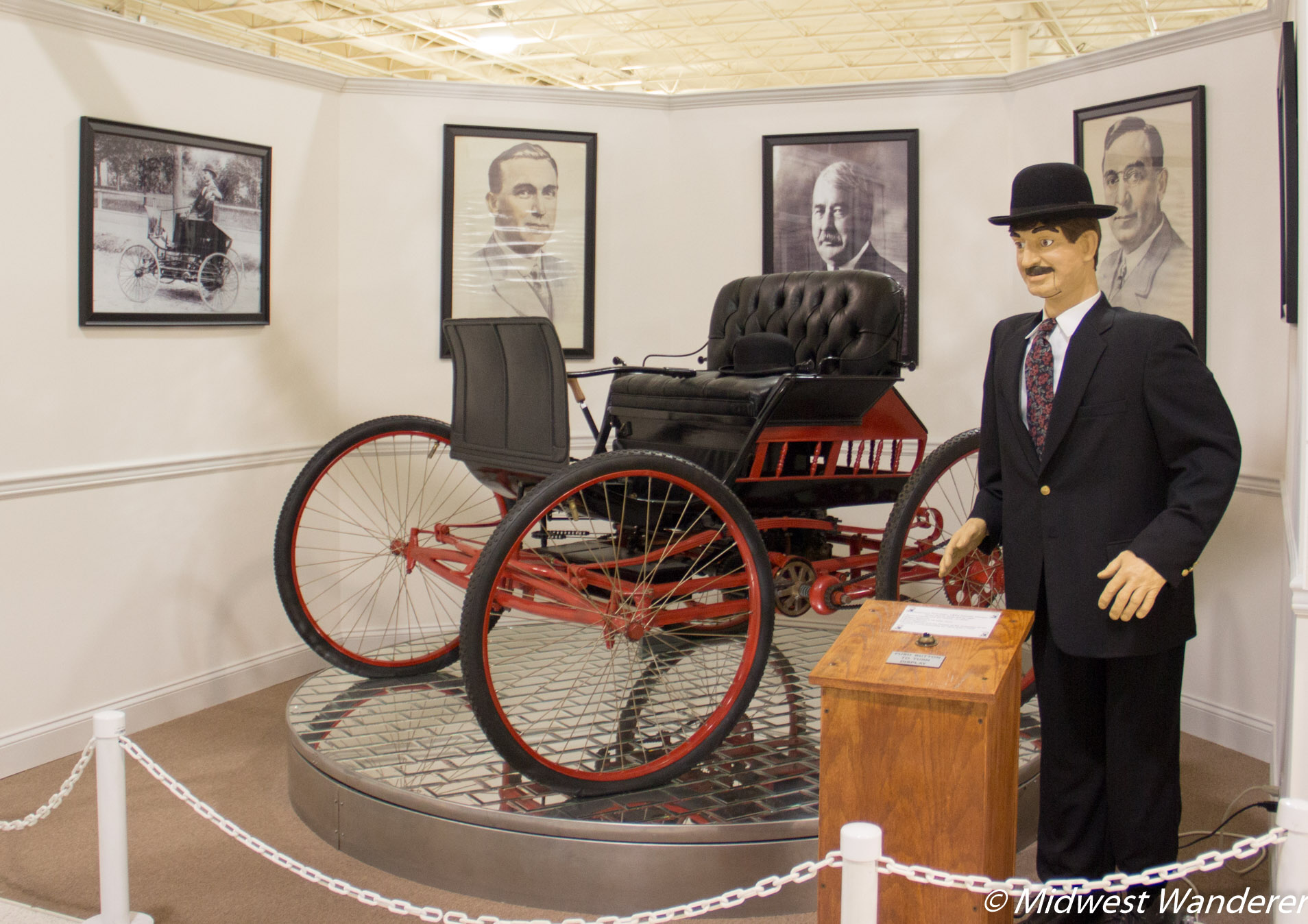
Kokomo automotive innovation
Before we visited Kokomo, Indiana, last year, I had no idea the area was so big in early automotive innovation. I had never heard of Elwood Haynes, the man who designed the first practical, purpose-built automobile in the United States in Kokomo. Nor did I know that the pneumatic rubber tire, the carburetor, and the first car radio were all developed in Kokomo.
Don’t miss a Midwest Wanderer post. For a FREE subscription, enter your e-mail address in the Subscribe2 box to the right and click Subscribe.
On our visit to the Kokomo Automotive Museum, we chatted with Jeffrey Shively, Director of Museum Development. Jeffrey filled us in on the area’s automotive history. Here are a few of the highlights:
- The first car that Elwood Haynes designed, in 1895, was built out of necessity. He used it for transportation in the gas fields where he worked. Haynes put an existing marine engine in the car. A metallurgist by trade, Haynes later developed his own engine. Two cars in the museum have that two-cylinder engine.
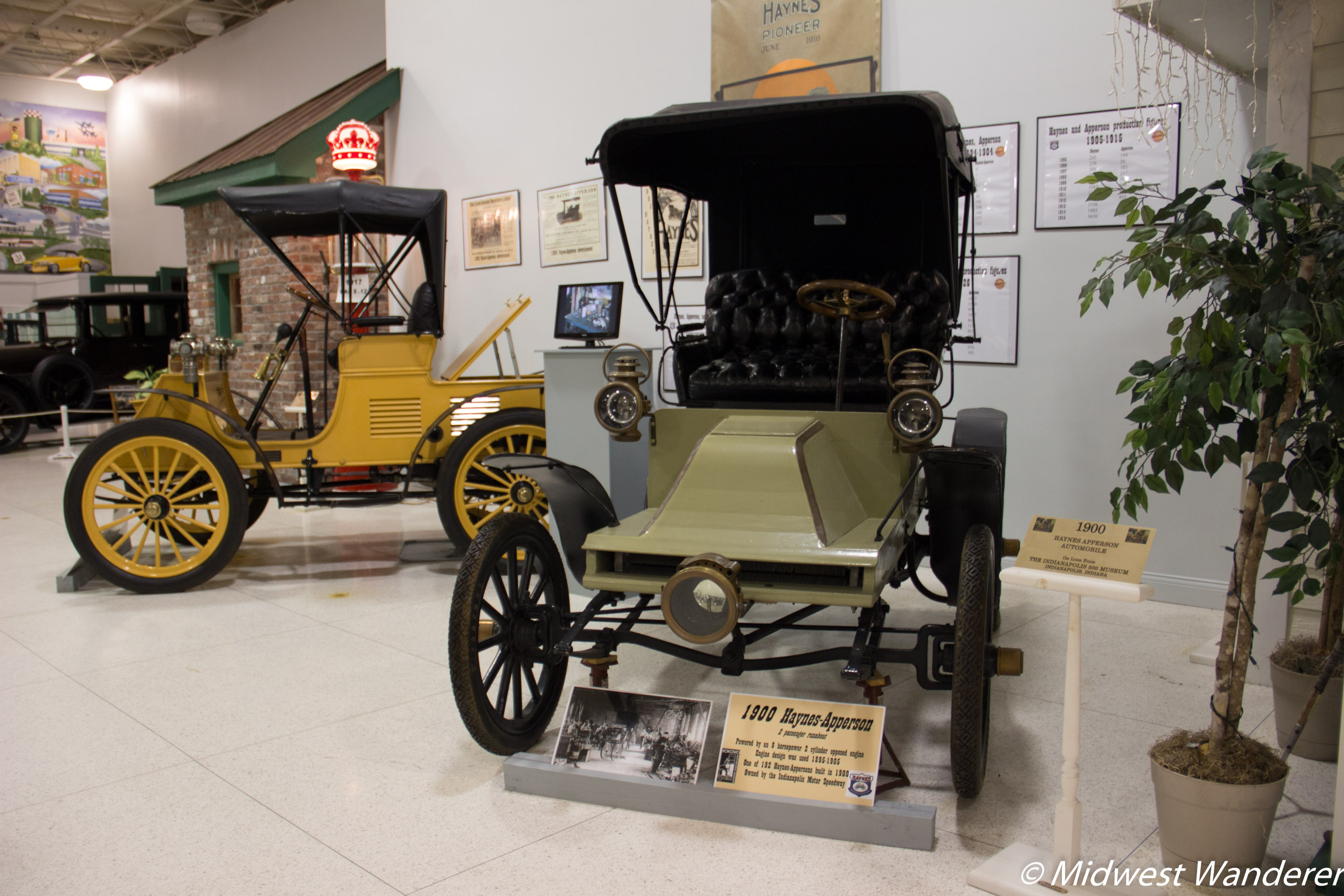
A 1900 Haynes-Apperson and a 1902 Haynes in the background. These two cars are equipped with the two-cylinder engine that Elwood Haynes developed. - The Great Depression meant the end for most small car companies. Hayes and Apperson folded by 1925 and 1926, respectively. Other Indiana car manufacturers, including Marmon, Stutz, Duesenberg, Auburn, and Cord, survived through the 1930s. However, by the end of the 1930s, the only automobile manufacturers left in the state were Studebaker and Crosley.
- The empty automobile factories and workers trained in the “mechanical arts” meant ready resources for larger automobile manufacturers. GM’s Delco division and a Chrysler transmission factory were among automotive companies that opened in Kokomo’s abandoned factories.
Stories behind the cars
Jeffrey also related some fascinating stories about the cars they have on display, his passion for the history of cars and their owners clearly showing.
- They’ve traced ownership of a 1923 sedan back to 1926. The car is one-of-a-kind in that it has a heater. A man bought it in 1926 when he was 19 years old. Not long after he purchased the car, the man was diagnosed with epilepsy and was institutionalized. Whenever he came home for visits, he would sit in the car and dream of driving it one day. The car stayed in the garage until 1990. Unfortunately, the owner was never able to drive it again.
- An Iowa farmer bought a 1918 Haynes Roadster, but the roads were in such bad condition, he wouldn’t drive it. Instead, he stored it in his barn, where it sat for 30 years. After World War II, the farmer’s grandkids got a hold of the car. They drove it, and broke something on it. The car was then sold to a collector who drove it up Pike’s Peak. The car eventually was sold to a Kokomo policeman. Not long ago two of the original owner’s grandkids—who played with and broke the car—visited the museum.
- Kassie Reasor owned a 1932 Model B. Kassie grew up in her father’s Reasor Oil Service station in southern Indiana’s Harrison County. She took over operation of the station in 1946. The car was donated to the museum after Reasor passed away.
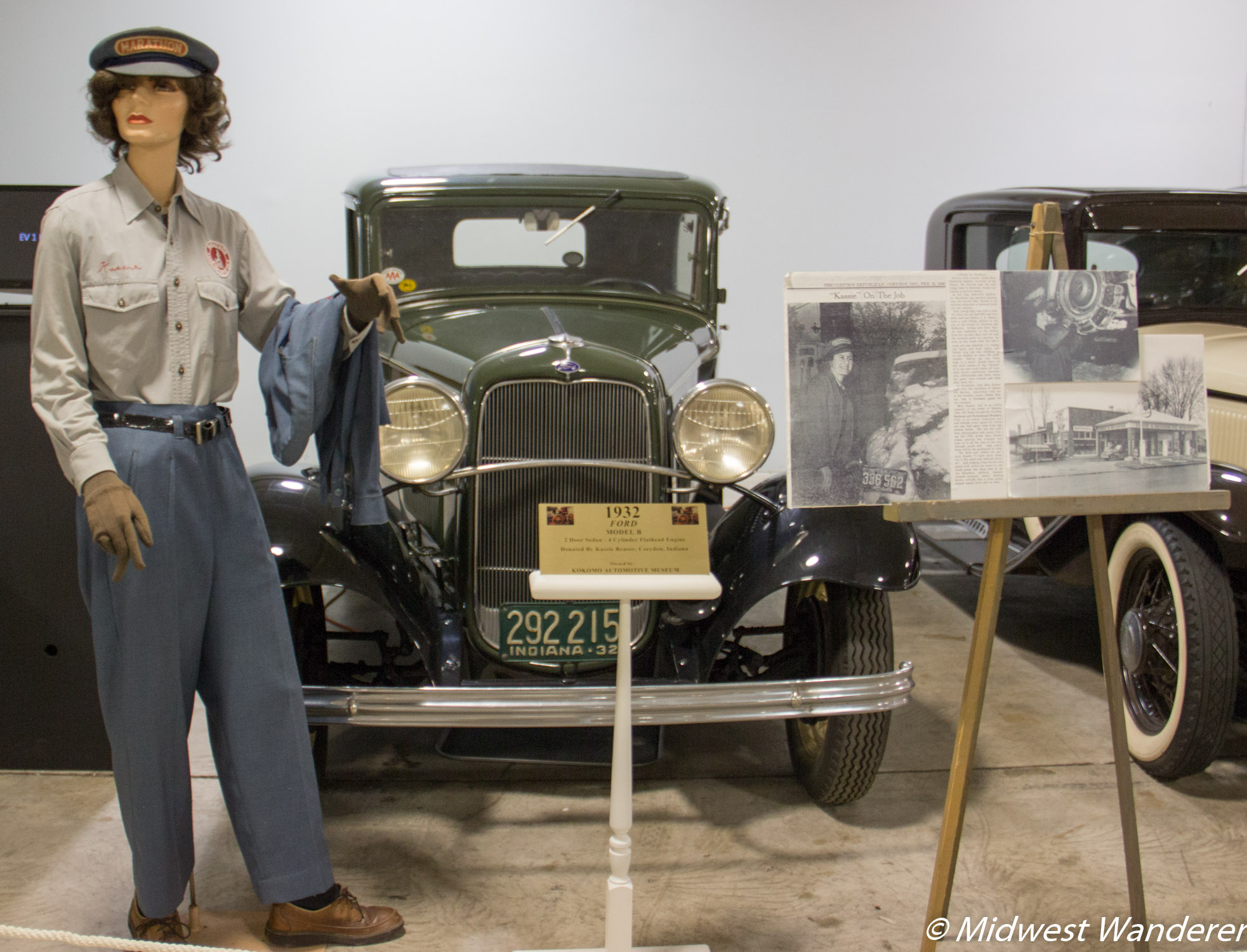
Jeffrey had several stories like that. Adding the human touch to the cars’ histories makes the cars in the museum even more interesting.
Kokomo Automotive Museum exhibits
After chatting with Jeffrey, we wandered through the museum, oohing and aahing at the early cars. I find it amazing that so many old cars, fascinating artifacts of automotive history, still exist. Even though I’m not a huge car buff, I do enjoy looking at them. I’m grateful that there are people interested enough to collect and restore these cars and keep automotive history alive.
Here is a sampling of some of the cars on display at the Kokomo Automotive Museum:
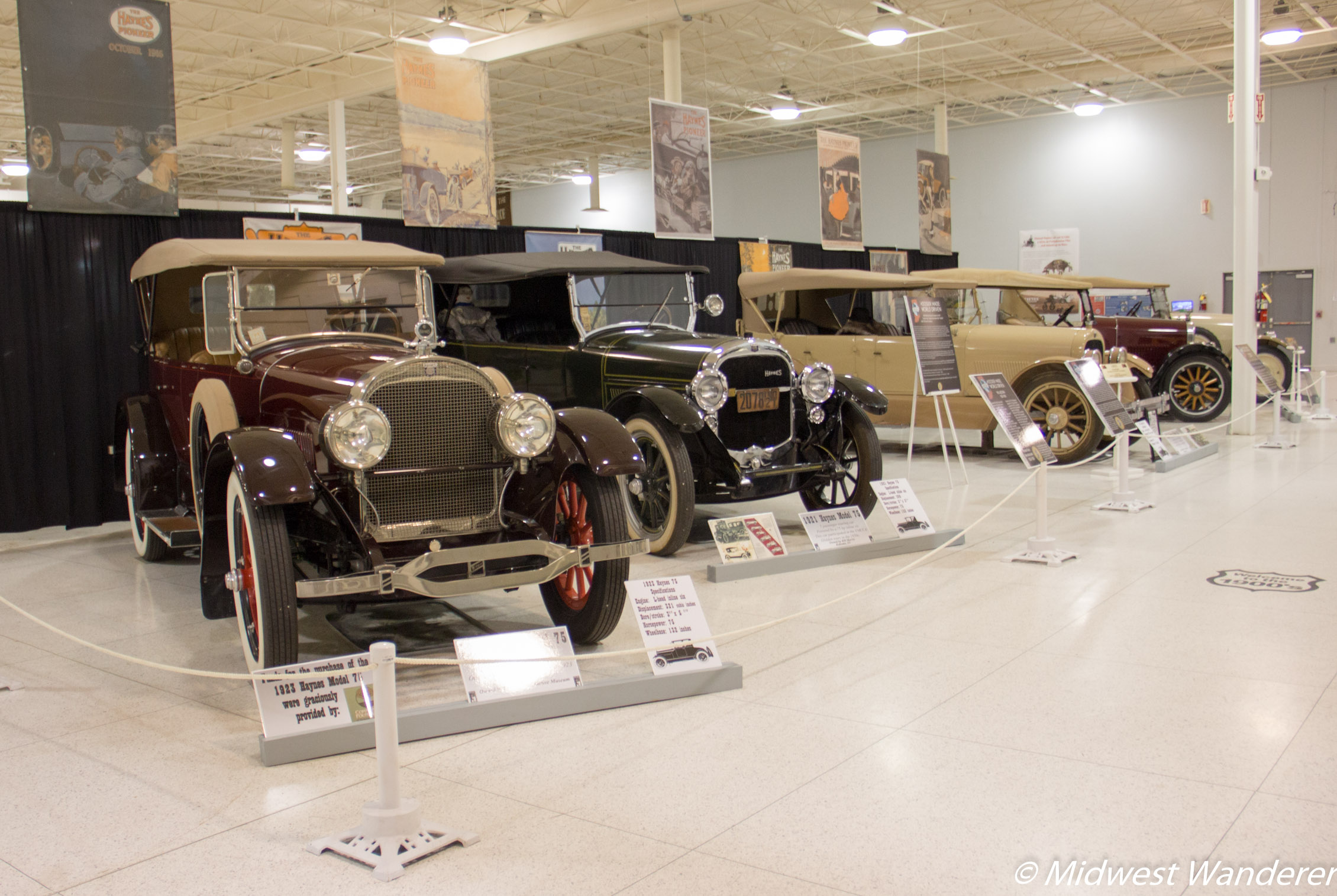
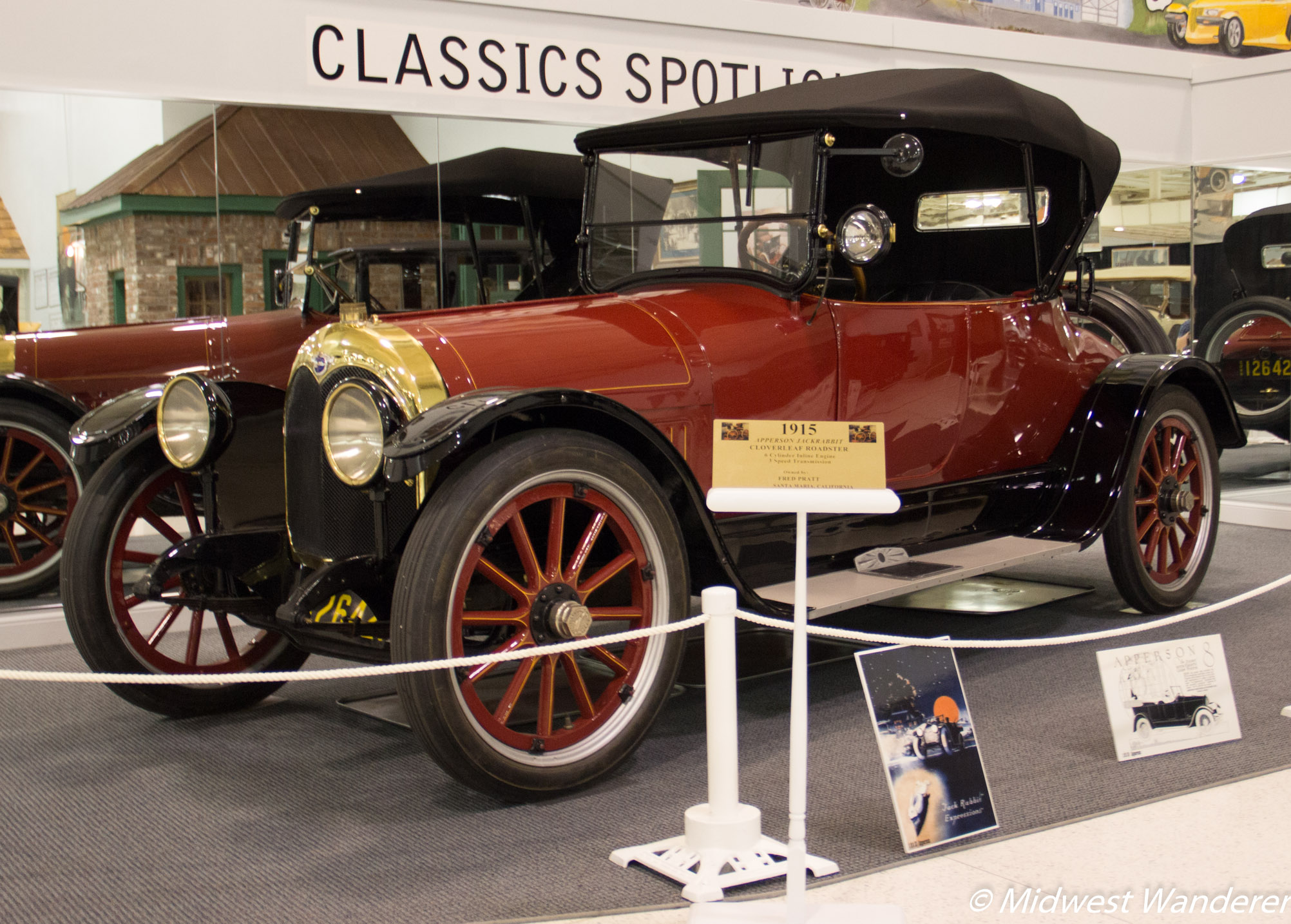
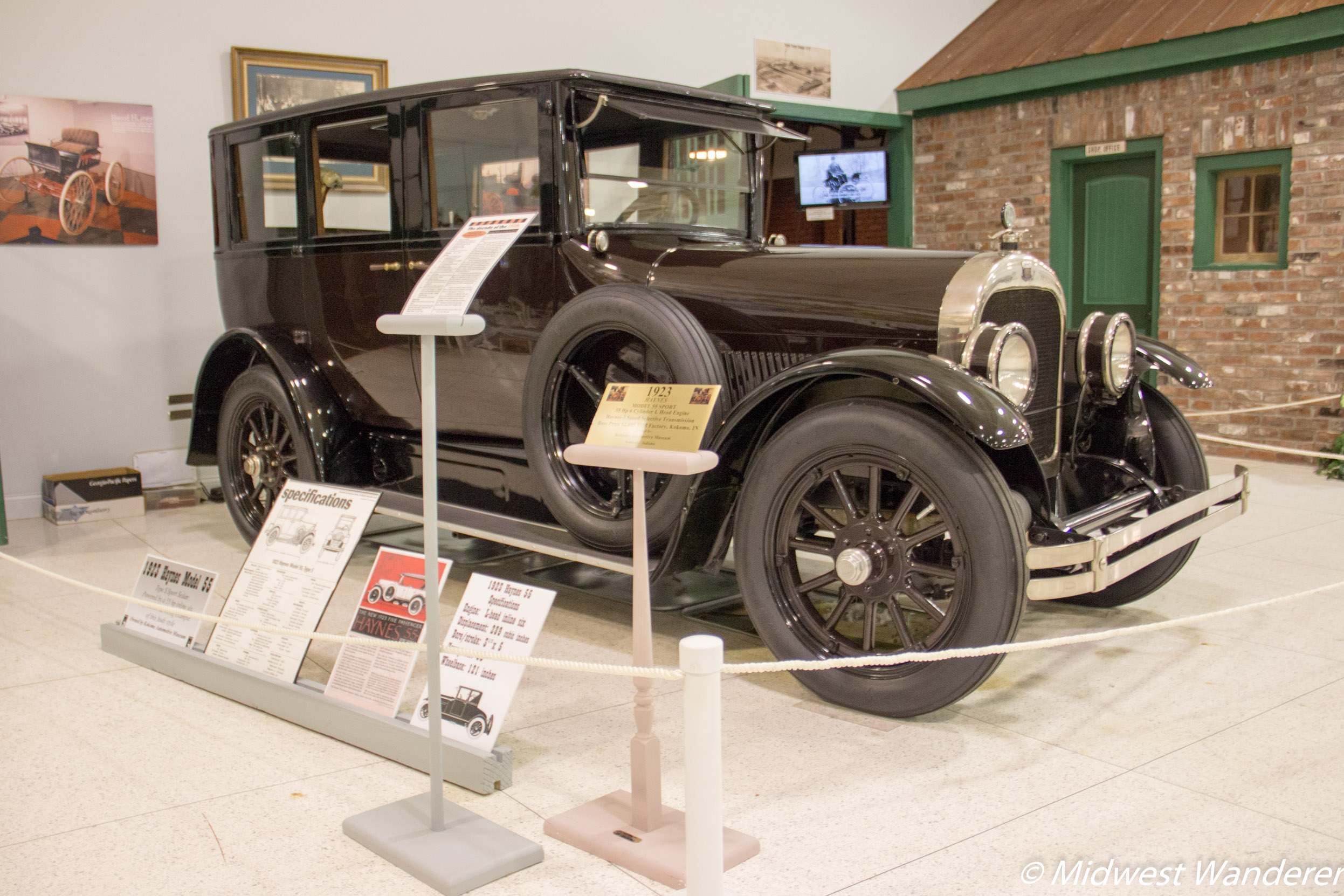
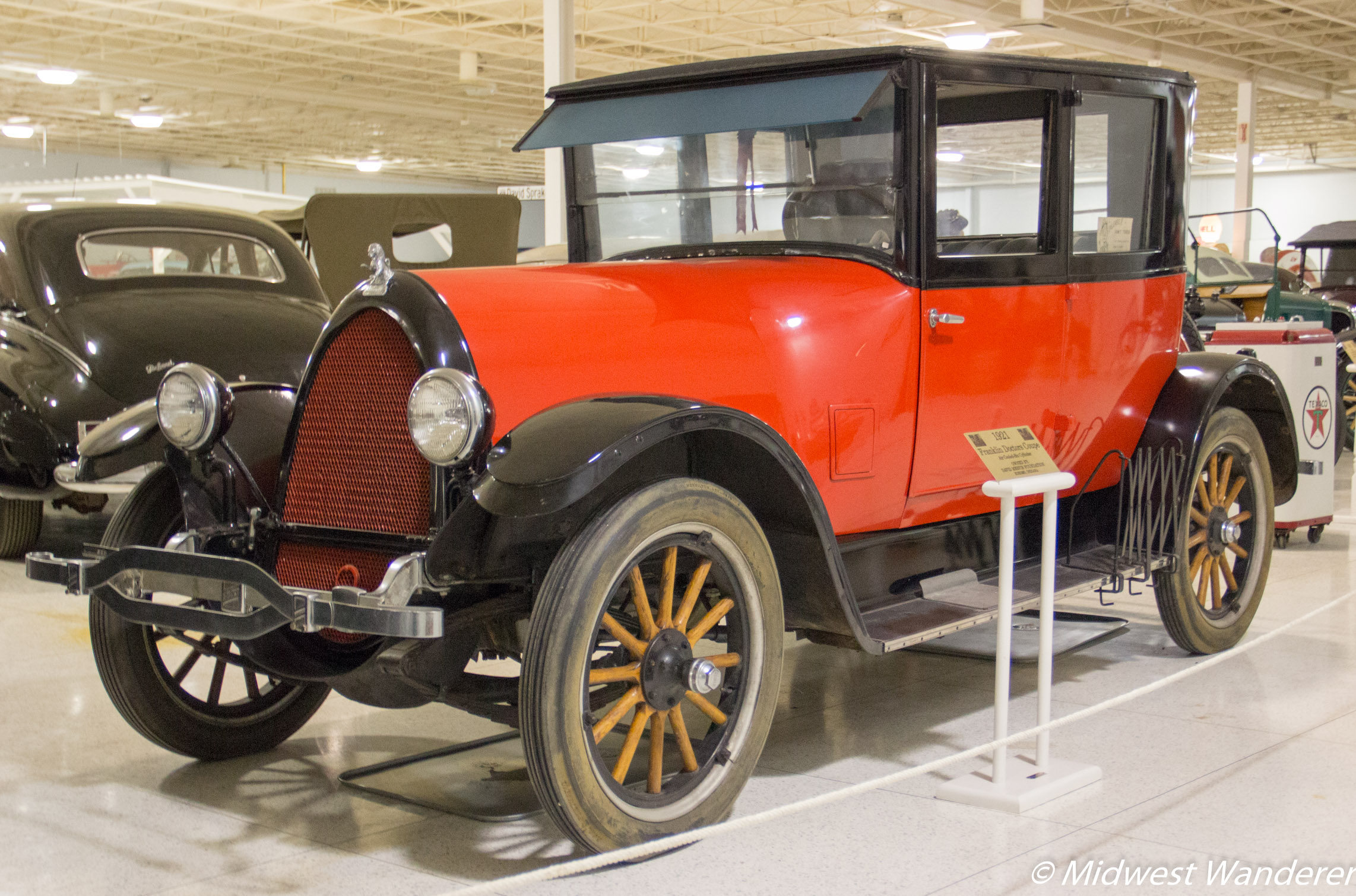
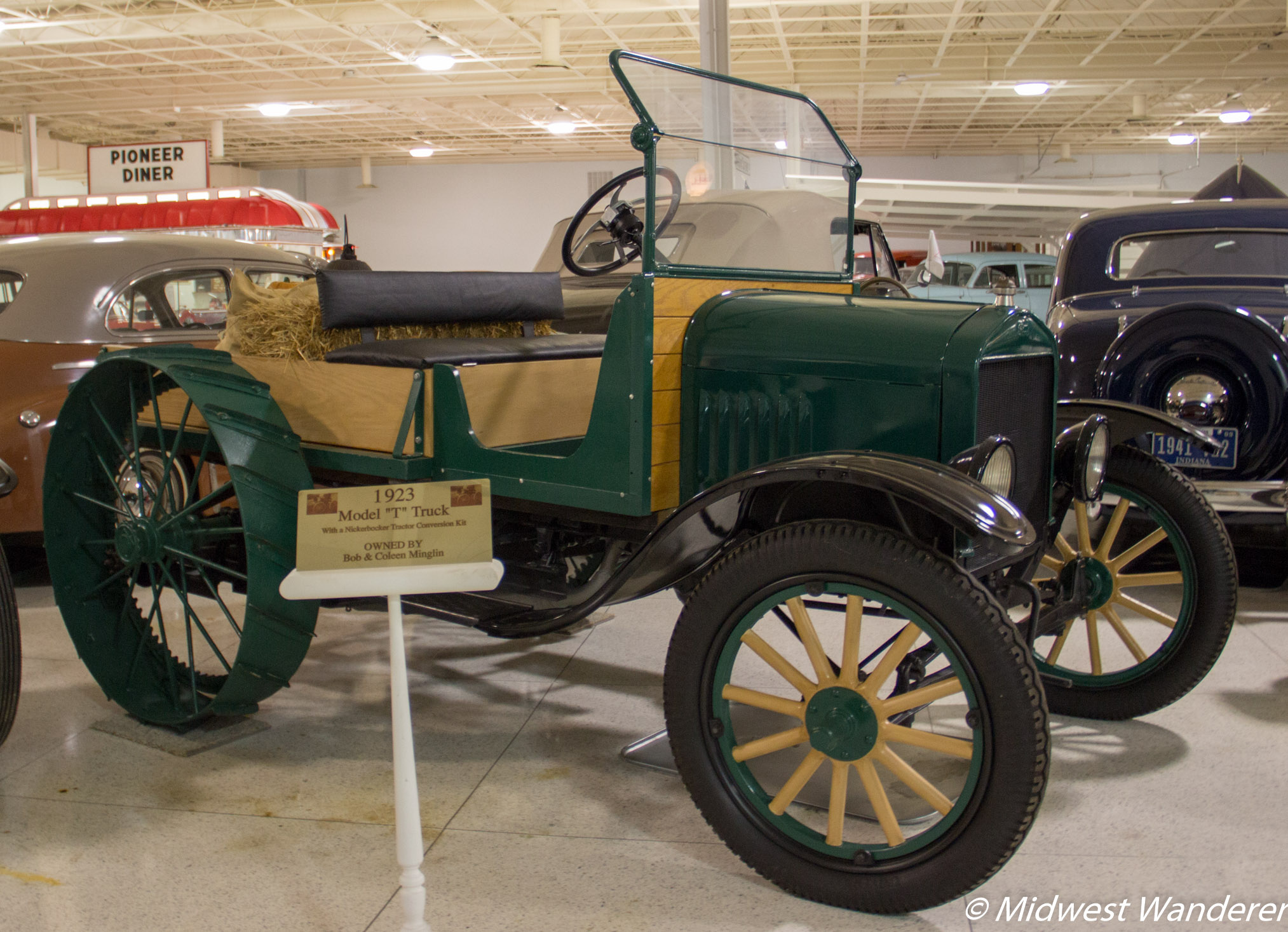
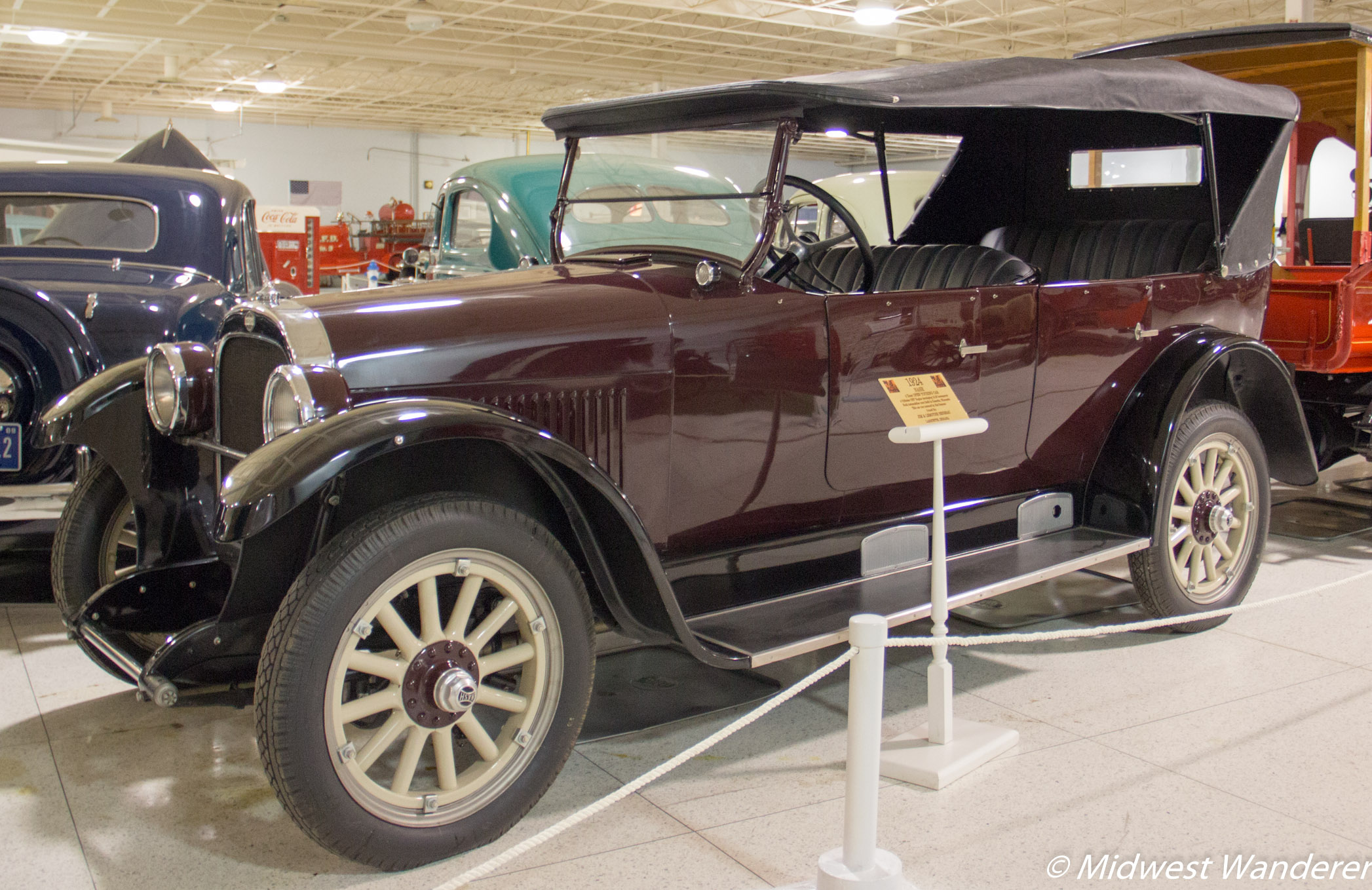
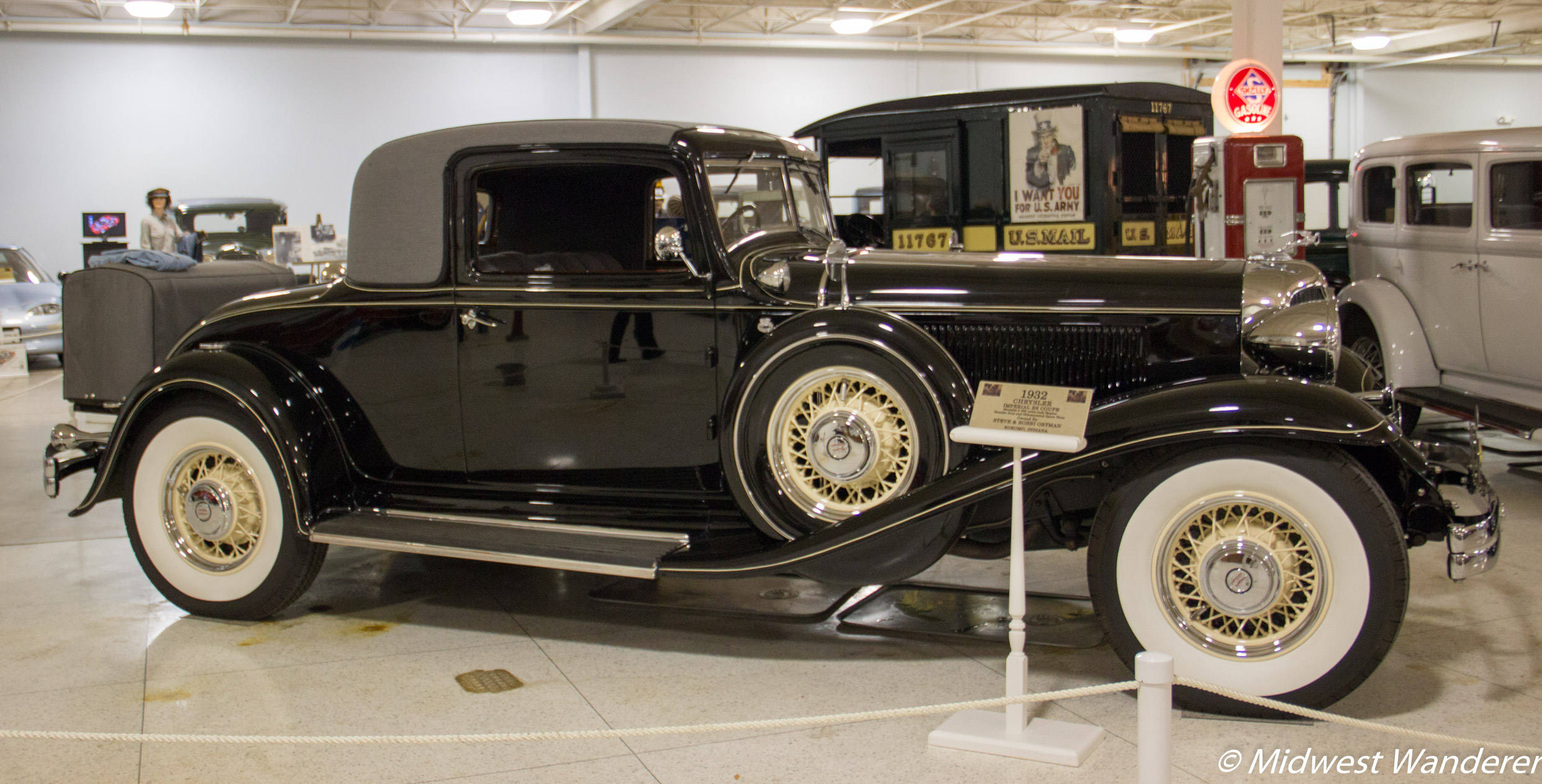
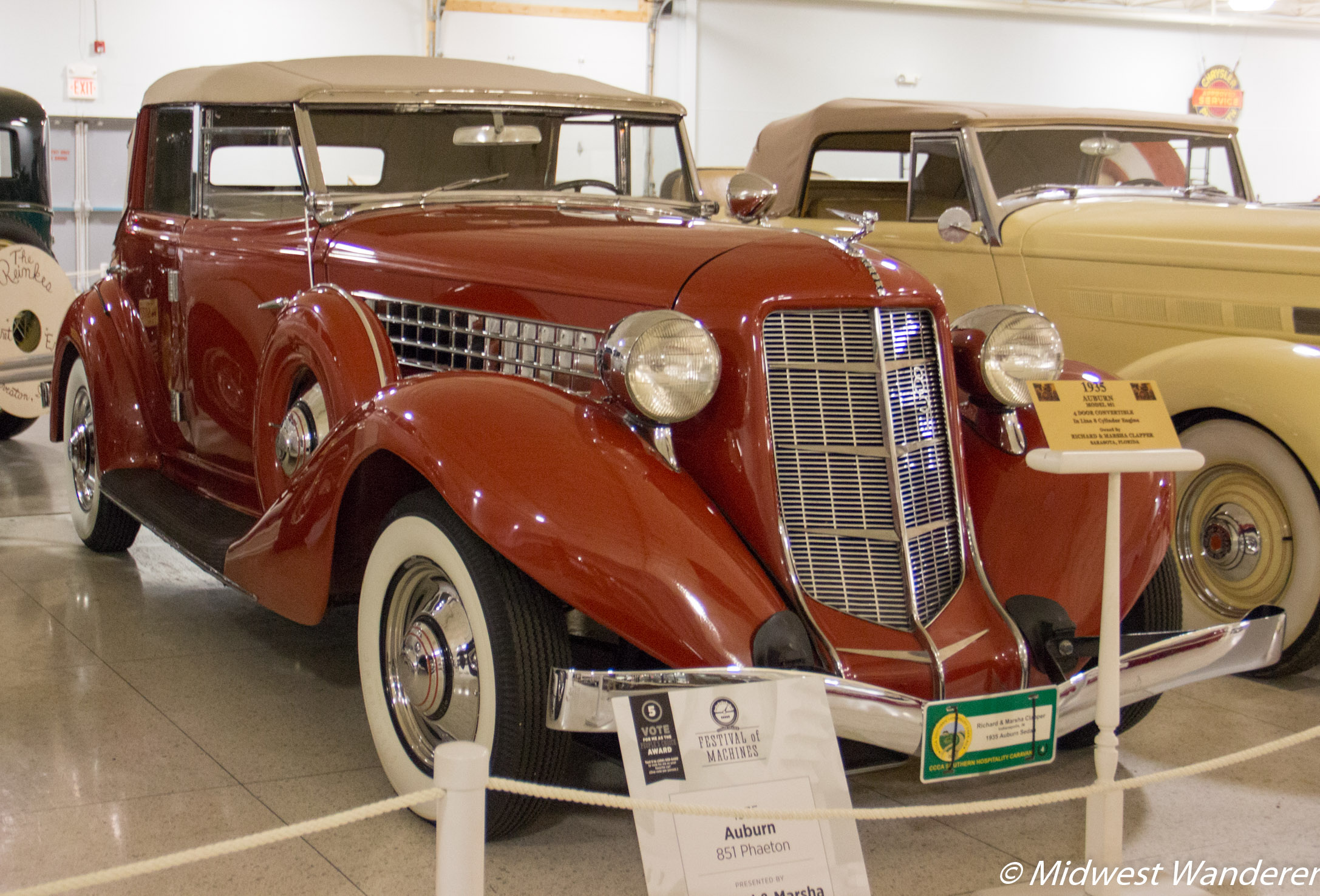
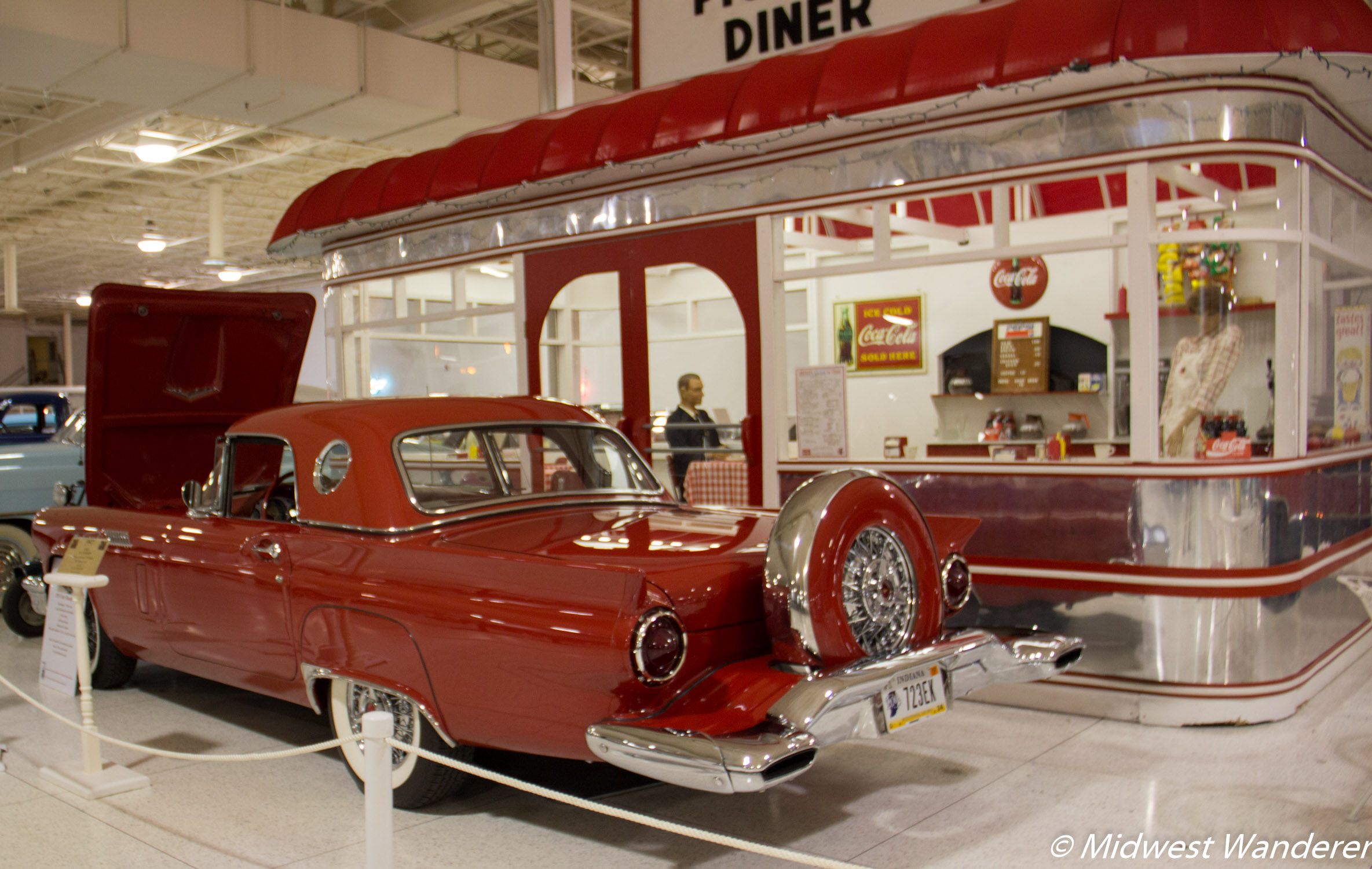

If you visit the Kokomo Automotive Museum
The Kokomo Automotive Museum, located at 1500 N Reed Road in Kokomo, Indiana, is open Tuesday through Saturday from 10 a.m. to 4 p.m. and Sunday from 11 a.m. to 4 p.m. (Closed Mondays) Check the website for further details.
Accommodations
We stayed at Courtyard Kokomo during our stay in Kokomo. (Check rates here.)
Pin it!
**********
Disclosures: Greater Kokomo Visitors Bureau and the Kokomo Automotive Museum hosted our visit to the museum. Our admission was complimentary. However, any opinions expressed int his article are my own.
This article contains an affiliate link. If you book a hotel room through this link, I will receive a small commission at no additional cost to you.
Thank you for reading Midwest Wanderer. Don’t miss a post. Enter your e-mail address below and click Subscribe to be notified whenever I publish another post. Subscription is FREE. After subscribing, be sure to click the link when you get the e-mail asking you to confirm. – Connie

